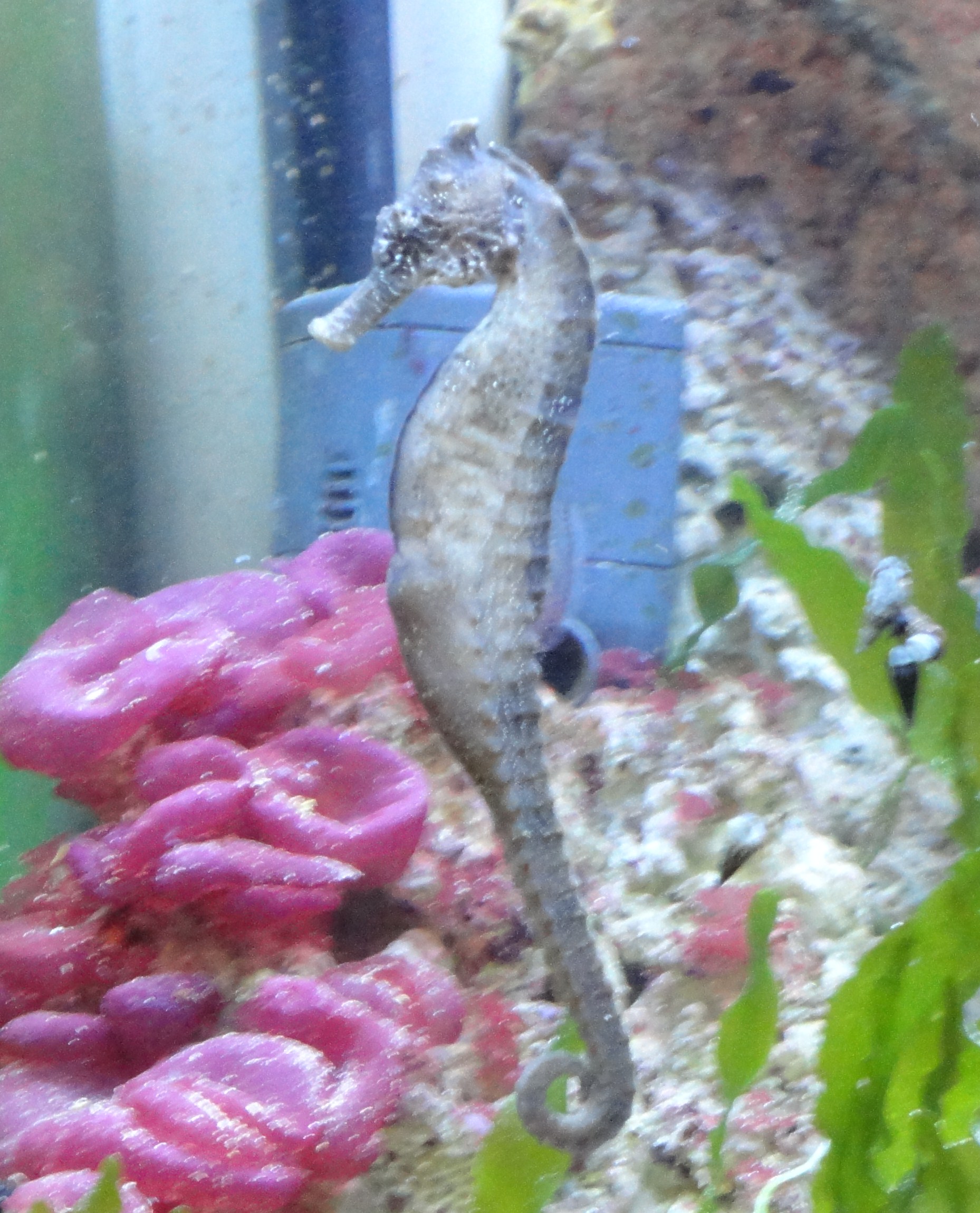reefkprz
Active Member
well folks welcome to another rendition of rkZ's algae of the moment. In this section we shall be discussing, Caulerpa. There are several different types of caulerpa operating in the guise of tons of common names like, eelgrass (its not a grass) feather grass (ditto), snake algae (well it is an algae) and more many more depending on where you are.
lets cover the basics that all caulerpas have in common.
They grow fast, sometimes too fast, especially in the display tank. but being a fast grower and extremly hardy they will continue to thrive and consume waste nitrogenous compounds even in the worst conditions (aka during a cycle). another benefit of it growing so fast is, you can start with just a little tiny piece and will quickly have all you need.
They can go sexual under cycled lighting (any on/off photoperiods) they are far less likly to go sexual under a 24 hour on photoperiod, this can be usefull in sumps as it allows you to denitrify 24/7. if you notice signs of it going sexual in your tank, my suggestion, would be to remove it all to prevent the re-release of all the consumed waste.
Caulerpas will root and if it roots in your rocks it can be hard to get rid of permanently, in your sand if it roots it is likley to remove a lot of sand when harvested.
cool fact: caulerpas are unusual, they are a single celled. doesnt seem cool yet? they can reach lengths of about 9 feet making them the worlds largest single cell.
C. lentillifera, C. racemosa, C. taxifolia,C. prolifera are usually the species found in the aquarium hobby. some have bubble like fronds, some have smooth fronds, and some have feathery fronds, but its fairly easy to identify a caulerpa they alll have a runner (stolon) with fronds coming off it.
Note: caulerpas can be highly invasive every effort should be taken to ensure your caulerpa doesnt end up in the ocean, in fact its illeagle in california to posses nine different types of caulerpa, and it (Caulerpa taxifolia) is listed as a noxious weed under the U.S. plant protection acts in U.S. waters.
So who wants to donate pictures of caulerpa? I just realized I dont have any left, and I dont want to rip pics off the internet . Post some pics along with the species name (aka C. racemosa, or whatever)
lets cover the basics that all caulerpas have in common.
They grow fast, sometimes too fast, especially in the display tank. but being a fast grower and extremly hardy they will continue to thrive and consume waste nitrogenous compounds even in the worst conditions (aka during a cycle). another benefit of it growing so fast is, you can start with just a little tiny piece and will quickly have all you need.
They can go sexual under cycled lighting (any on/off photoperiods) they are far less likly to go sexual under a 24 hour on photoperiod, this can be usefull in sumps as it allows you to denitrify 24/7. if you notice signs of it going sexual in your tank, my suggestion, would be to remove it all to prevent the re-release of all the consumed waste.
Caulerpas will root and if it roots in your rocks it can be hard to get rid of permanently, in your sand if it roots it is likley to remove a lot of sand when harvested.
cool fact: caulerpas are unusual, they are a single celled. doesnt seem cool yet? they can reach lengths of about 9 feet making them the worlds largest single cell.
C. lentillifera, C. racemosa, C. taxifolia,C. prolifera are usually the species found in the aquarium hobby. some have bubble like fronds, some have smooth fronds, and some have feathery fronds, but its fairly easy to identify a caulerpa they alll have a runner (stolon) with fronds coming off it.
Note: caulerpas can be highly invasive every effort should be taken to ensure your caulerpa doesnt end up in the ocean, in fact its illeagle in california to posses nine different types of caulerpa, and it (Caulerpa taxifolia) is listed as a noxious weed under the U.S. plant protection acts in U.S. waters.
So who wants to donate pictures of caulerpa? I just realized I dont have any left, and I dont want to rip pics off the internet . Post some pics along with the species name (aka C. racemosa, or whatever)







